The Versatility of Loopers: Practicing Solos and Live Hacks
Loopers offers endless experimenting for both practice and live performance. We broke down some key uses with the help of rock musician Elizabeth II.
The case can be made that loopers are perhaps the greatest unsung hero of any musician’s personal toolkit and rehearsal routine. They allow soloists to endlessly experiment with improvisational ideas without fatiguing their bandmates’ patience, they allow songwriters to test how different parts of a song will eventually fit together as a whole, and they can even be manipulated into creating new pieces of music that would otherwise not be possible.
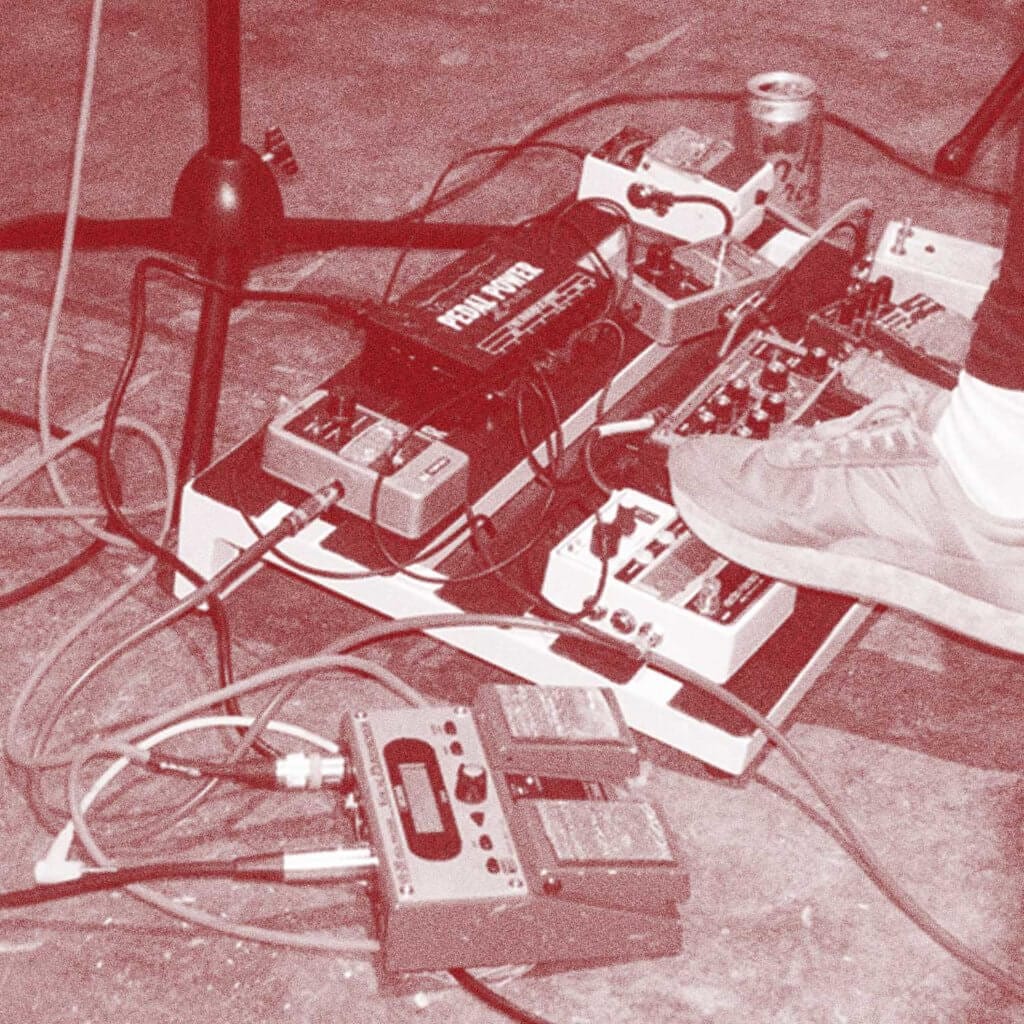
Despite all of these personal uses, loopers often hide in plain sight and remain unused on pedalboards, lurking just beneath the surface of the beautiful melodies, soaring solos, and fancy showmanship that accompany a stirring live performance.
Loopers can be as simple or as complicated as one chooses to make them and, hopefully, by understanding and re-examining their applications, we can all gain a new appreciation for their functionality in a variety of different situations. To do this effectively, let’s first strip away any preconceived notions and survey the most basic purpose and procedures of loopers.
The Basics of Loopers
Looper pedals allow musicians to record a line that is instantly played back on repeat, providing a backing track to record another line over. At their core, loopers offer musicians a way to record and playback music in real time, often with little to no alteration to an existing amplification setup. With the prevalence of pedalboard-friendly loopers, anyone can now simply add a stompbox to their rig that serves the same purpose a tape machine, stereo, or full fledged recording studio did before digital music technology was readily accessible.
We can take these looper recordings and immediately begin building layers on top of them—a process known as overdubbing. Overdubbing can be a way to recreate familiar elements of a song during personal practice, or even a way to explore new sonic territory. (Think of overdubbing a low bass line and quick-muted chop of the strings over a pre-existing rhythm guitar part to mimic a bassist and drummer, or creating tension by layering uncommon harmonic tonal centers or rhythmic figures over each other.)
Loopers for a Budding Soloist

If we expand on the idea of using loopers as a means of regulating and streamlining personal rehearsal time, it’s not surprising that many artists commonly find these pedals to be the most useful, including Elizabeth Cannon of rock band Elizabeth II. Based out of Washington, DC, Cannon blends nostalgia, thunderous vocals, and bluesy guitar riffs—often times using a looper during practice to work on her improvisation skills.

“I’ll loop different chord progressions and try out different licks I’ve learned in the context of those progressions,” says Cannon. “After I feel comfortable in a progression, I’ll try and improvise with the same set of licks in a different key, so my hands can get used to doing them all over the neck.”
Looper Live Hacks
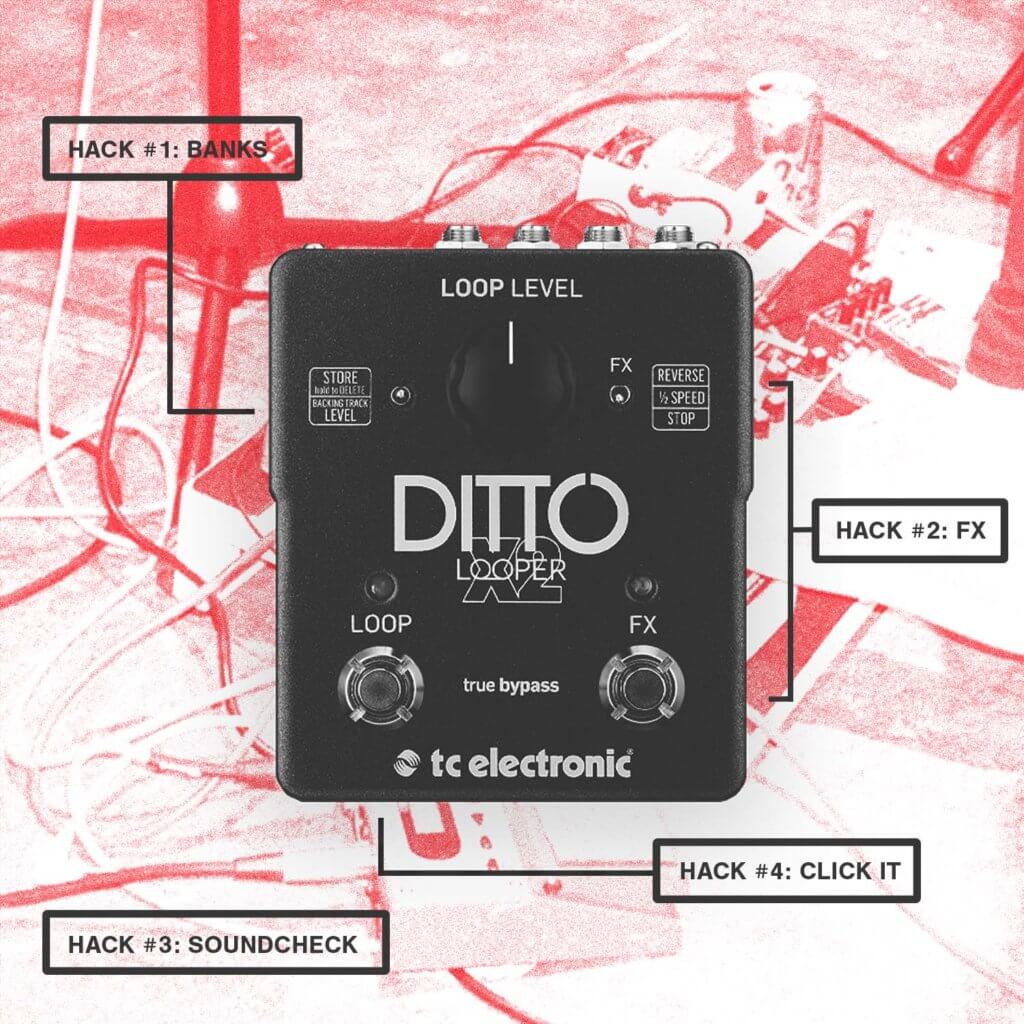
Reliable looper application in a performance setting can be a bit more nuanced, but these “Live Hacks” are meant to help improve your overall stage performance instead of just a specific song:
Hack #1 – Banks
If your looper pedal has onboard memory which allows you to save and recall loops, you can pre-program intros or ambient soundscapes to use onstage as transitions between songs.
Hack #2 – FX
If your looper has onboard effects like playback speed and reverse, you can integrate these effects into a live show to establish beats, rhythms, and grooves that could not be performed otherwise. For instance, you can begin recording the final progression of a song with a looper, but instead of playing it back normally, immediately play it back with gradually decreasing tempo and volume to execute the ever-elusive “live fade.”
Hack #3 – Soundcheck
Admittedly, this hack isn’t so much about changing your onstage performance as it is about helping you find the right gear to use onstage. You can bring a looper pedal along while shopping for an amp or guitar to really listen to what an audience member will hear out of your potential new purchase. Loop yourself playing a variety of common styles and textures and then step back to most effectively evaluate how well that equipment handles your individual playing style. If your looper has banks, you can save loops featuring guitars with different pickup configurations and scale lengths, then easily toggle between them to hear how everything interacts as it fills the room.
Hack #4 – Click It
The best way to improve your onstage use of a looper is to extensively practice the required footwork at home. “The biggest advice that I have for musicians just beginning to use loopers is to use a metronome at first when practicing with one,” says Cannon. “It’s a great way to develop your innate sense of timing to ensure loops always sync with each other. It’s a bit tedious at first, but the more you work with it, the more you’ll passively think about it and your looping abilities will feel more natural.”

Which Loopers to Start With
Although all loopers essentially offer the same service (record, playback, overdub) regardless of manufacturer, the most practical application of each model depends on the included features.
The Digitech JamMan Express XT, Hotone Skyline Wally+, and original or mini TC Electronic Ditto are among the most affordable loopers on the market. Their single-footswitch construction and reasonable sizes make immediate exploration easy without a steep learning curve.
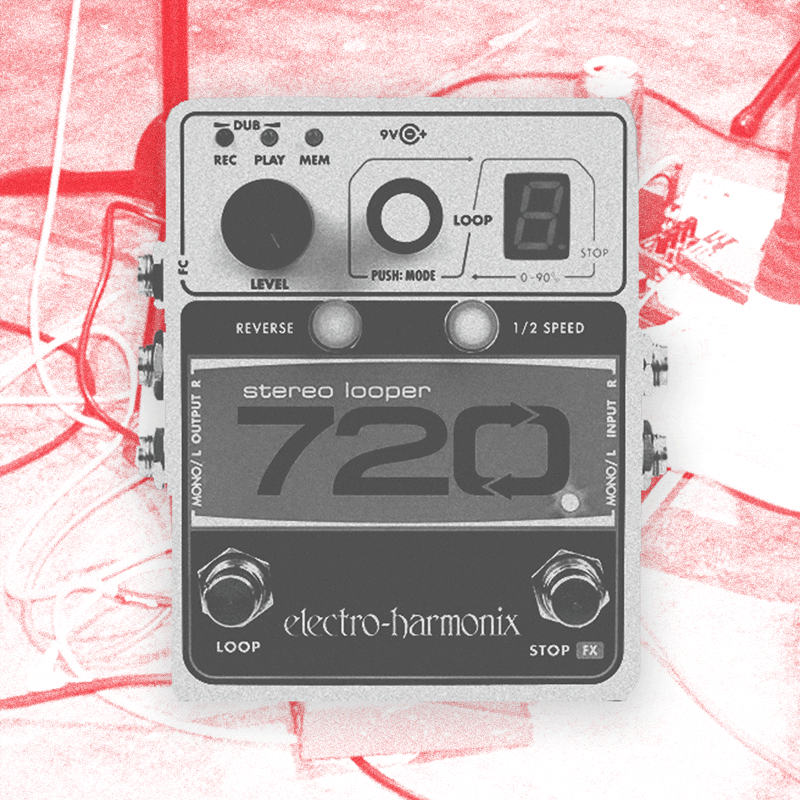
Conversely, models like the Electro-Harmonix 720, TC Electronic Ditto X2, and even the Line 6 multi-fx M9 are generally more suitable for live use because of their storage capabilities and multiple footswitches with dedicated ‘stop’ or ‘undo’ functions.
It should also be noted that if you currently use one of the digital delay offerings from brands like Boss, TC Electronic, or Electro-Harmonix, you might already have a looper at your disposal! As Cannon described, “the pedal that got me into loopers was my Boss DD-8 Digital Delay pedal that had a looper imbedded in it.” Most digital delays that are loaded with variable modes are likely to have a loop mode, which offers around 60 seconds of available loop time. These multi-function delay pedals don’t require an upfront investment in a dedicated looper, but they might just be the invitation down the looping rabbit hole that you need!.
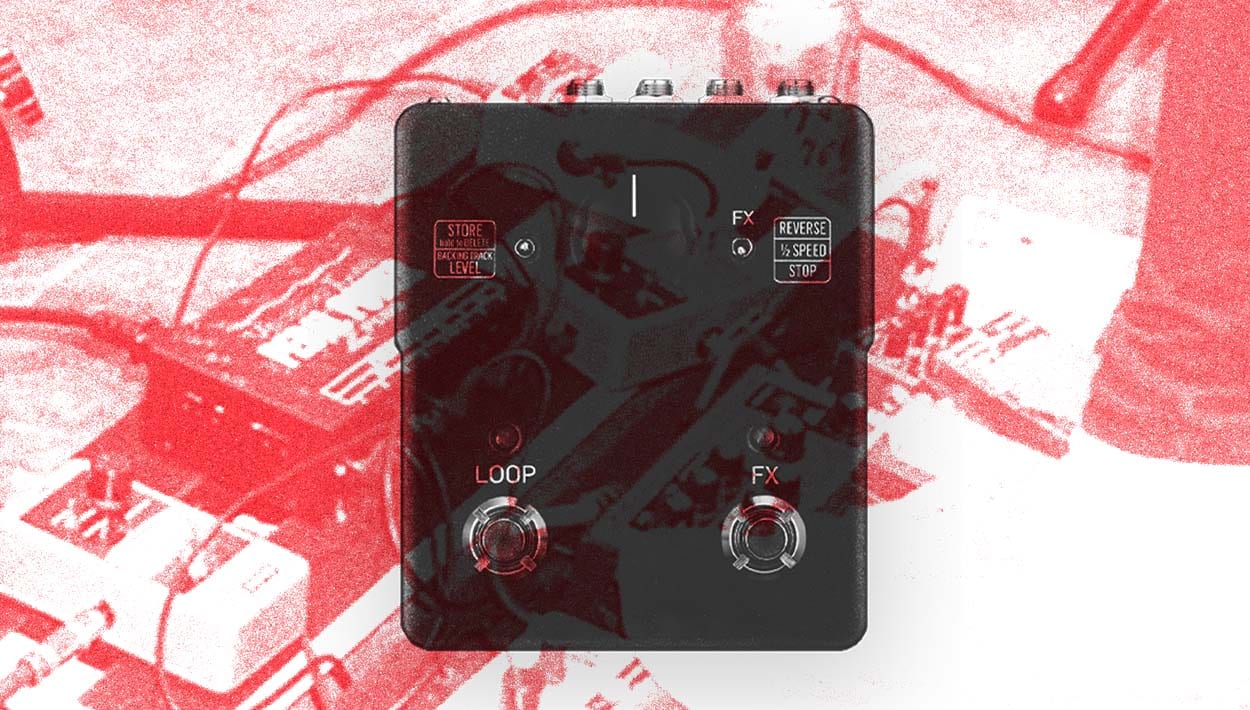




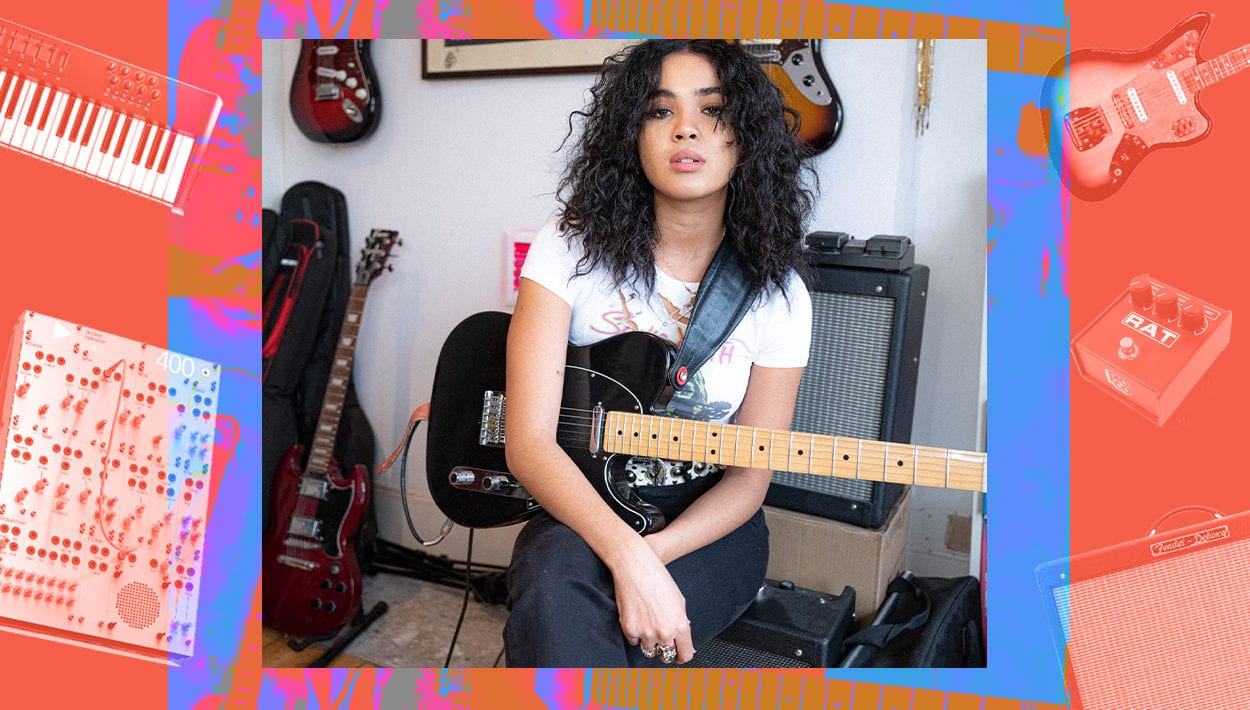
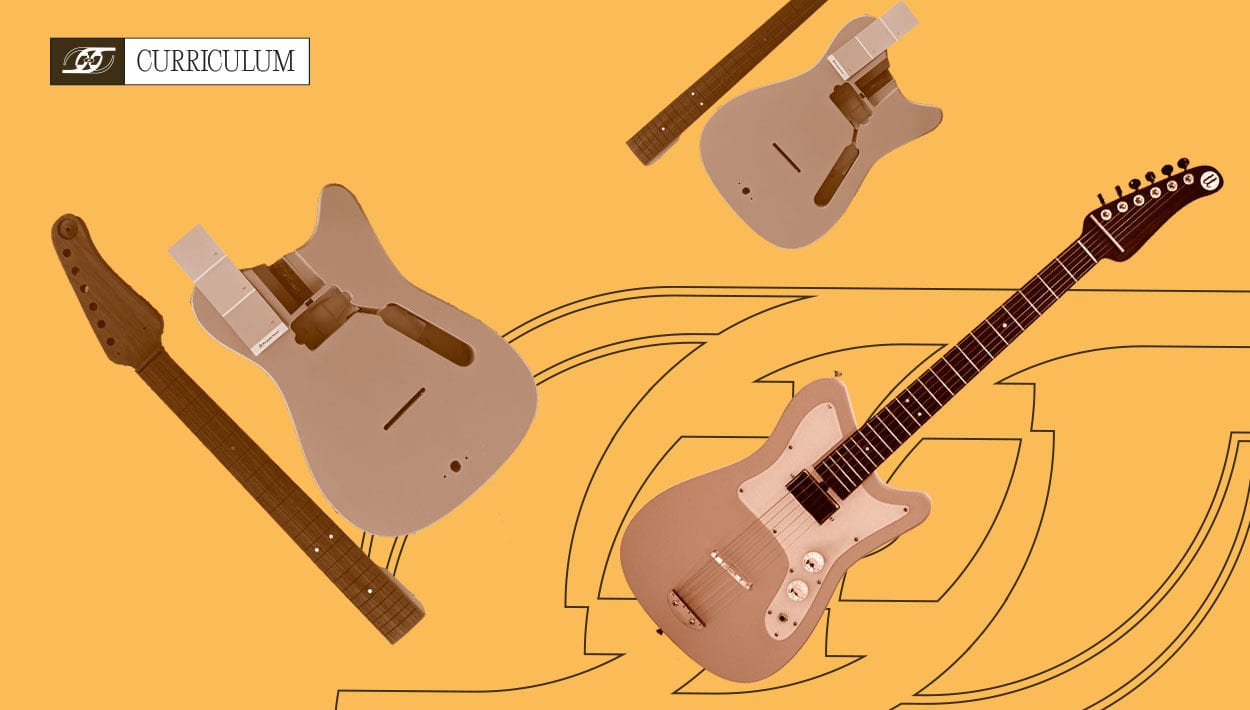
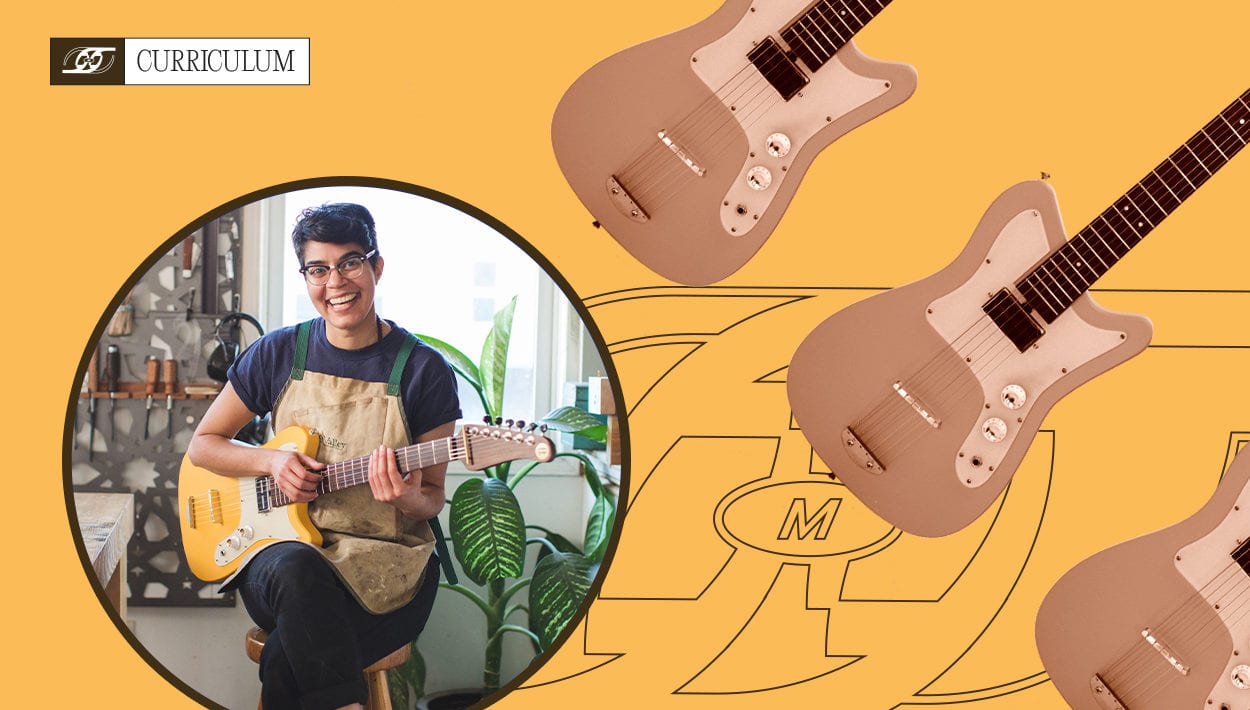
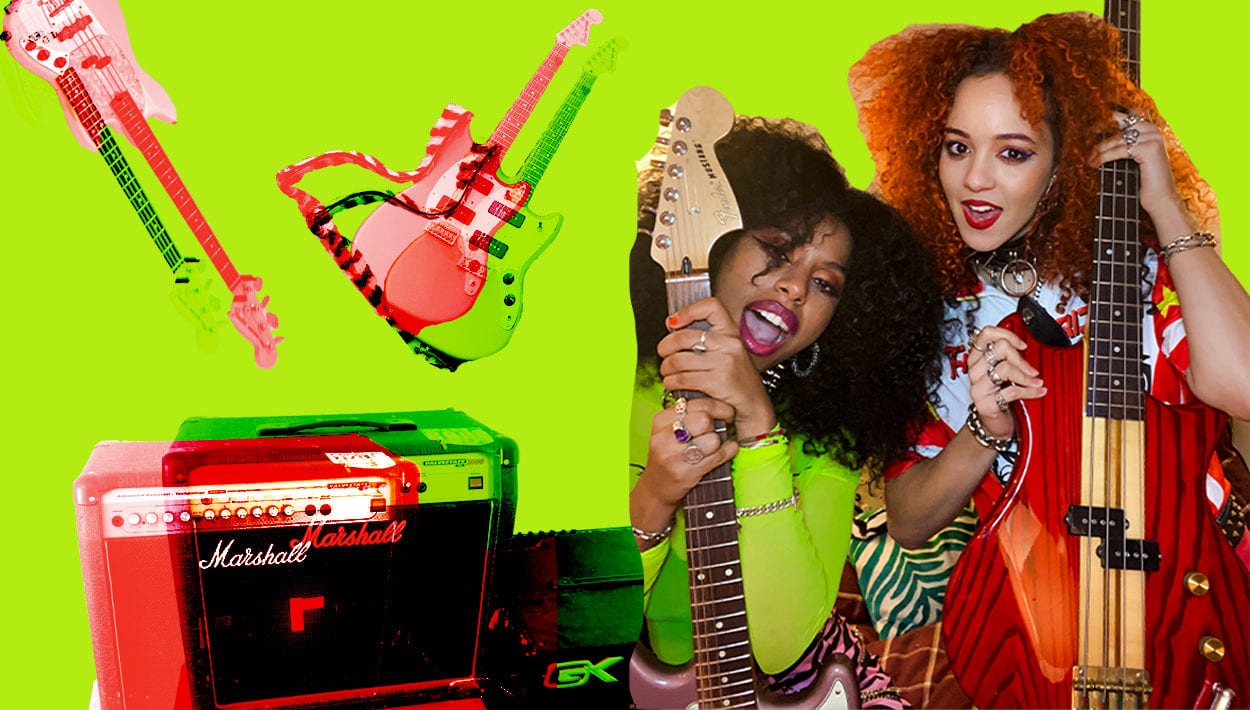


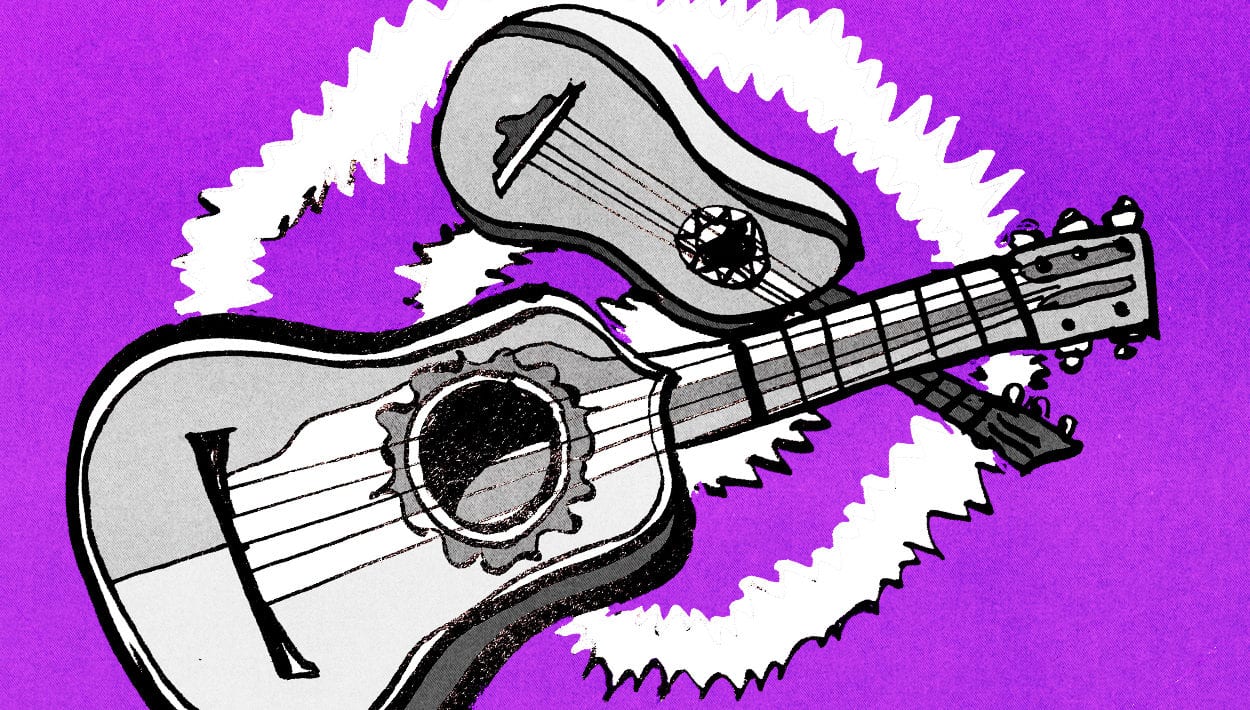


Comments
he article, and more importantly, your personal experienceMindfully using our emotions as data about our inner state and kno https://vidmate.onl/download/ wing when it’s better to de-escalate by taking a time out are great tools. Appreciate you reading and sharing your story, since I can certainly relate and I think others can too
Comment by MiledsMiles on March 2, 2021 at 10:53 pmTim Hortons is a popular restaurant in Canada that values customer feedback. It has recently made a change in its survey platform, shifting from Telltims.ca to Surveymemo.co. By participating in the survey at https://www.surveymemo.co/, customers have an opportunity to win a delicious Iced coffee with frenched Vanilla for just $1. It’s a chance not to be missed, so make sure to take part in the survey and share your valuable feedback with Tim Hortons.
Comment by Jess Holland on January 22, 2024 at 2:39 am